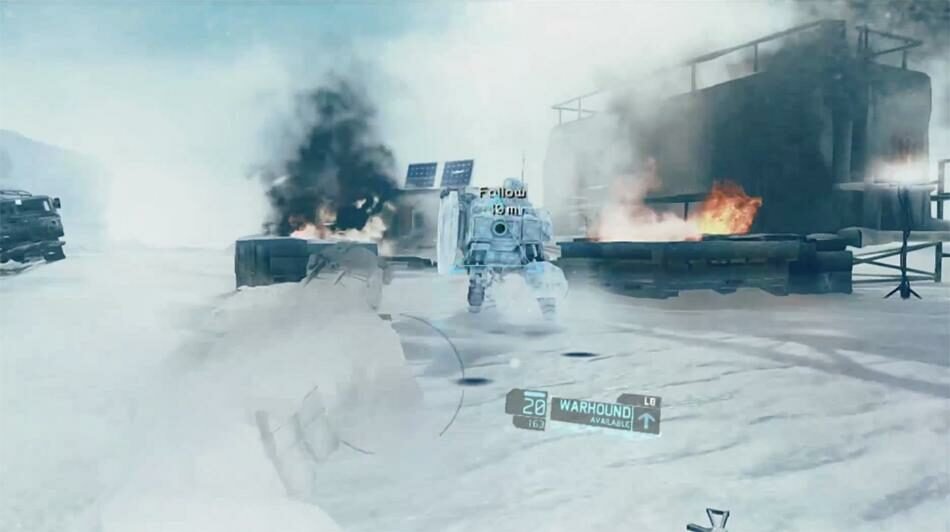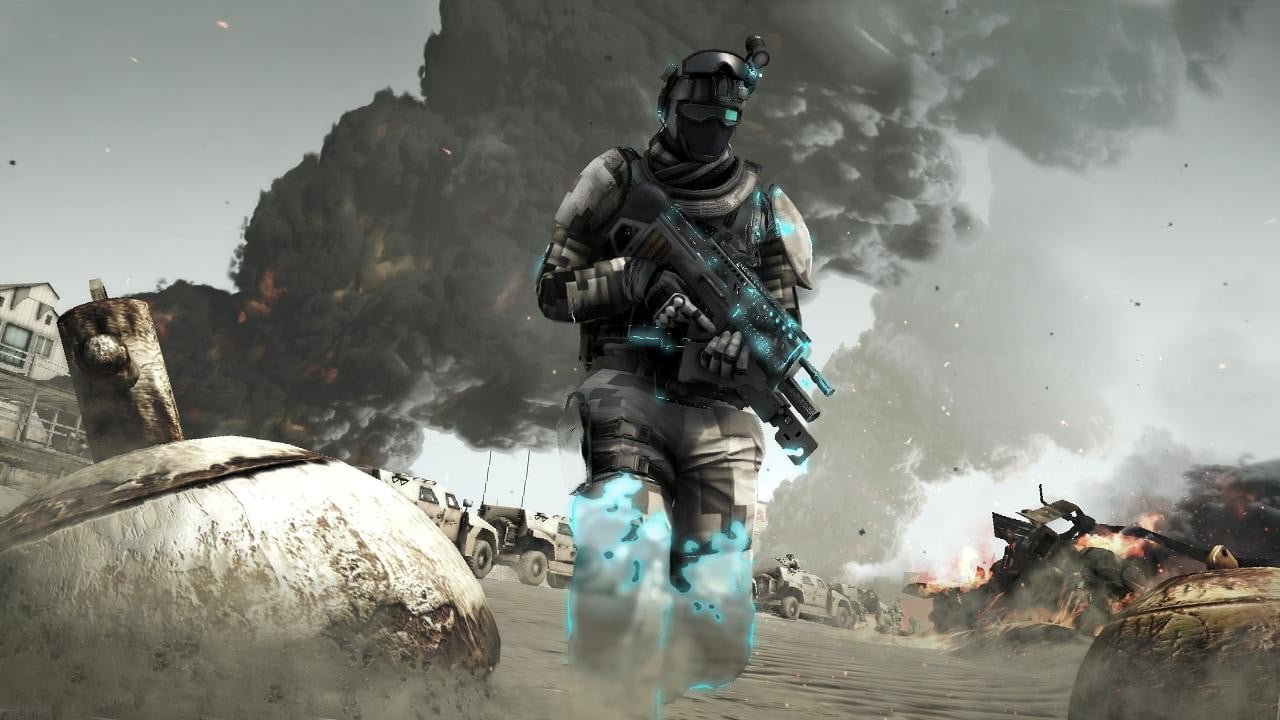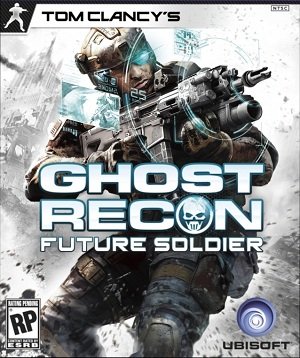A Long Time Coming
Tom Clancy’s Ghost Recon: Future Soldier (GRFS) was first announced to be in development way back in January of 2009 and over the past few years has had many “projected” release dates. As those dates came and went and the release was pushed back time and time again, many people thought that this latest addition to the Ghost Recon series would never see the light of day. As I’ve said before, I am not personally dismayed by the delays that plague most games in this industry. Typically, I find that delays do nothing but change a marketing strategy which has no bearing on whether or not a game is any good. In my opinion I would rather see a game delayed for polish and quality than see an inferior product released into the market. When a game is rushed, everyone loses; the publisher, the developer and most importantly the consumers. I am really glad that the developers at Ubisoft Red Storm, Ubisoft Paris, and Ubisoft Bucharest took their time to get Future Soldier working and looking great. This long development time allowed them to do it right and let me tell you, Ghost Recon: Future Soldier does a lot of things right.
Near Future Warfare
In GRFS you play as a member of an elite, special-forces team simply known as “Ghosts,” unit codename “Hunter”. The game begins with a dramatic scripted scene in which another Ghost team falls victim to a dirty bomb attack while trying to secure the weapon from an unknown faction. It does not go well for the team. After the attack, you take on the role of another Ghost team consisting of four members; Kozak, Pepper, Ghost Lead and the always mouthy 30K. You’ll spend all of your time during the single-player campaign playing as Kozak but since all the missions in the campaign may be played cooperatively with friends online, you may find yourself donning a different codename from time to time outside of the single-player campaign. Although the campaign is a good length, has a decent story, and features a wide variety of missions I think that the co-op mode may be where the real heart of this game lies. Your squad’s AI controlled teammates do a good job of using cover and approaching objectives tactically but playing through the campaign with a solid group of tight-knit friends adds an excellent of layer of camaraderie as well as challenge. Coordinating an assault with the AI teammates is pretty easy because they listen to your commands, but once you have humans controlling your teammates they can choose whether to listen or not, which may lead to some satisfying cooperation or some frustrating SNAFUs. It’s a great feature and one that isn’t too common in the shooter genre. I was really glad to see it.
Go Go Gadget… Everything!
GRFS features a myriad of techno-warfare gadgets at your disposal throughout the campaign. Being set in the near future and based on real technology lends a certain amount of plausibility to the gadgets. One of the most useful is the Unmanned Ariel Vehicle Drone which is a small remote controlled UAV allowing you to scout ahead, plan, and coordinate your assault on enemies positions. Using the drone allows you to mark enemy contacts for your teammates to target, resulting in a deadly synchronized attack which, if done correctly, allows you to avoid an all-out firefight with the enemy. GRFS really is a thinking person’s shooter. It encourages you to slow down your pace and approach situations in a tactical manner. There’s also a wide variety of “Challenges” that can be completed while on missions which again encourage this tactical approach. Despite the pace being slower than what I’m used to with other contemporary shooters, I found it very enjoyable and exceptionally satisfying when a plan came together. Another one of the main gadgets at your disposal is active camouflage, for those of you that don’t speak shooter-eese, think of the film Predator and you’ll get the idea. Since stealth is a big part of almost every mission this is one gadget that will get used almost constantly. It’s not perfect and you still need to make use of cover to avoid being spotted but it’s really cool when oblivious patrols walk right by you as you have them zeroed for a headshot. However, I did have one issue with the camouflage though. At certain points during the campaign you will come up against enemy spec-ops forces who use the same technology. The game’s engine seemed to have some trouble processing all the graphical trickery when more than just your squad had their camouflage activated. This caused the game to chug from time to time. I might not have noticed except that this seemed to be when I was right in the middle of a fire-fight, and a game dropping frames while you’re targeting enemies can be frustrating. That said, everything else graphically that was done in-engine looked great despite this being the same YETI engine that powered the previous two Ghost Recon games. If I hadn’t looked it up I would never have guessed that GRFS was running on an engine that is more than five years old. The development teams at Ubisoft did a fantastic job of squeezing every bit of juice out of the YETI engine and the game looks great because of it. My favorite gadget was the “War Hog” which is a remote controlled mech that is based on the real life tech of the military’s “Big Dog”. It was pretty much a walking mortar/rocket launcher that devastated enemies even when they were behind cover, with the help of the “War Hound” I was able to make it through that particular mission without firing a single round from my rifle.

A Discrepancy
There is a part of GRFS that drove me absolutely bananas and not in a good way. Despite everything done in-engine looking great, the cut scenes looked pretty terrible at times. Don’t get me wrong they were well written and well acted, but I noticed quite a few technical hiccups. Frame drops, pop-ins, bad lip-sync and some just plain awful looking character models really bothered me, and maybe that’s why I think that the gameplay looked so good. This contrast sometimes made me feel like I was playing two different games. It is possible that some of the cut scenes were from an earlier build of the game and didn’t receive the same amount of polish as others. But aside from the aforementioned camouflage problem, everything outside of the cut scenes looked fabulous and that’s really what matters.
Give These Guys A Medal
Given the delays I was a bit skeptical when I first started playing GRFS and then when I saw some of the cut scene issues I got worried, but I stayed with it and came out on the other side as one satisfied gamer. GRFS was a very enjoyable experience for me and I would recommend it to anyone that is looking for a shooter that requires a little more thought than just pulling a trigger. As a whole the GRFS package is also pretty robust. The campaign is a good length, the story is compelling enough, albeit a little hard to follow at times but fans of Tom Clancy will feel right at home. There’s the main single-player campaign which as I mentioned before is completely playable with your friends, online multiplayer, and another mode called “Guerrilla” which is similar to the “Horde” mode from the Gears of War series or the “Spec-ops” mode found in the Modern Warfare series. For those hardcore firearms enthusiasts out there GRFS’s “Gunsmith” feature allows players to customize up ten parts of their weapon before a mission or match. Different types of stocks, barrels, scopes, magazines, and much more are all available to you so that you can really make every weapon your own. Overall, there’s a lot in the Future Soldier package that begs you to spend money on this title. It may have been a long wait but I feel that it was totally worth it.






